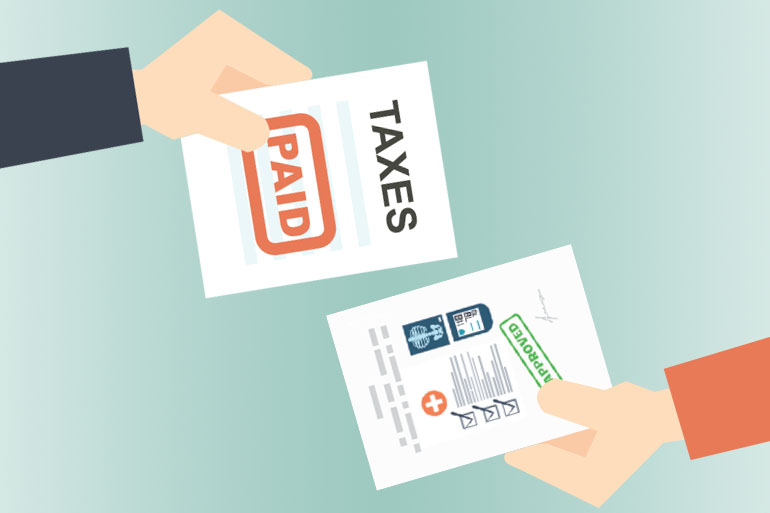Nearly a third of people without health insurance, about 10 million, live in families that received a federal earned income tax credit (EITC) in 2014, according to a new study.
But the Internal Revenue Service doesn’t tell those tax filers that their low and moderate incomes likely mean their households qualify for Medicaid or subsidies to buy coverage on the insurance exchanges.
That’s a lost opportunity to identify people who are eligible but not receiving government assistance to gain health coverage, the researchers say.
About half of the uninsured people in families receiving the earned income tax credit are eligible for significant financial assistance — 4.1 million are eligible for Medicaid, and another 1.1 million are eligible for large subsidies on policies purchased on the federal health law’s insurance exchanges and cost sharing reductions because they have incomes below twice the federal poverty level, said Linda Blumberg, co-author of the study. It was released last week by the nonpartisan Urban Institute, a Washington-based research group.
While the Affordable Care Act has driven down uninsured rates to historic lows the past few years, about 33 million Americans remain uninsured, according to latest Census data.
Some local governments are making efforts to identify the uninsured. New Jersey and Maryland check state income tax filings to find those likely eligible for Medicaid, the state-federal health insurance program for poor. Louisiana and West Virginia, among several, have sent letters to food stamp recipients to invite them to sign up for Medicaid. All they had to do was check a box, sign a form and return it. The states verified their eligibility from information on file.
The Urban Institute said the federal government could do more to find the uninsured by tapping into data it collects from other assistance programs.
“The U.S. Treasury could explore notifying all individuals receiving the EITC in the past year that they may be eligible for substantial financial assistance for coverage,” the report said. “The Treasury could also provide an easy mechanism (such as text messaging) that allows individuals to request a navigator to contact them directly to provide additional information and application assistance.”
But the IRS said it does neither. Instead, its website suggests people go to www.healthcare.gov to look for health insurance options, and the agency advises tax preparers to tell people about their insurance options. But many people who receive the earned income tax credit don’t use tax preparers.
That credit offsets income and payroll taxes paid by low- to-moderate-income workers. To receive the credit, workers must file a tax return, even if they are otherwise exempt from doing so. The amount of the benefit depends on a recipient’s income and number of children.
The earned income tax credit is the most common government assistance benefit reported by the uninsured but there are others, the report said. About 23 percent of the uninsured live in households in which at least one child received subsidized lunch at school. Nearly 15 percent of the uninsured are in families receiving food stamps, the report said.
The Urban Institute’s Blumberg said the IRS’s data on the tax credit would help identify people eligible for help. In fact, since 2014 all tax filers must report whether they have health insurance on their annual tax forms, she said.
Blumberg cautioned that just sending a letter to tax filers about their health insurance options might not nudge them to sign up. But she said the IRS could invite interested filers to request a federal health law navigator contact and enroll them. “This is not an easy problem to solve, but identifying ways to reach out to uninsured EITC families is something we should be talking to the IRS about,” she said.
A difficulty involves uninsured people in the 20 states that did not expand Medicaid under Obamacare, said Tricia Brooks, senior fellow at the Georgetown University Center for Children and Families. Many adults who get the credit in those states may not qualify for Medicaid, although some may qualify for premium subsidies on health plans sold on the exchanges.
A better course for the IRS is to target those who qualified for the earned income tax credit in the states that did expand Medicaid, she said.








